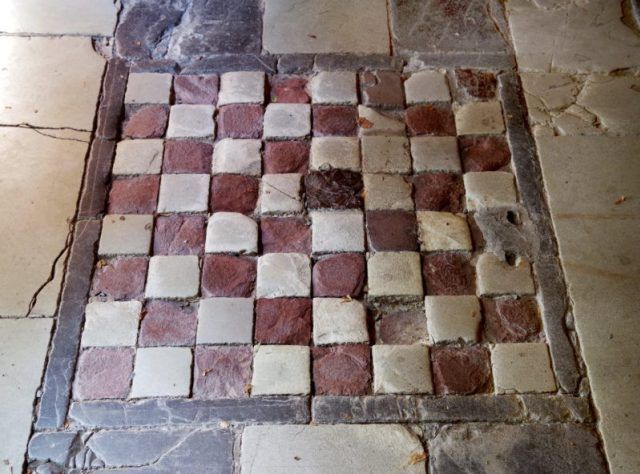Chess is a game of Arabic origin, that was well known and appreciated at all medieval courts, Muslim and Christian, in Al Andaluz and beyond. The prohibition of Templars playing chess attributed to Bernard of Clairvaux is not to be found in one of the 76 Primitive Rules designed on the results of the Troyes Council (January 1129). So what are the facts?
Rules on playing games can be found in Article 317, which is one of the Rules on the Conventual Life of the brothers (Articles 279-385), part of the seven other parts of the Rule that has 686 articles in total. These were composed in the 1160s.
Article Rule 317 states:
"None should place a wager, not on a horse nor on anything else, except an arrow without iron, or anything else which does not cost him or anyone else money, like an open lantern, or wooden mallet, or camping or tent pegs. And these same things, which do not cost money as is said above, one brother may give to another without permission. (...) Each brother may play with wooden tent pegs without iron, or forbot* if the wood is his. And let it be known that a brother of the Temple should play no other game except marelles*, which each may play if he wishes, for pleasure without placing wagers. No brother should play chess, backgammon or eschaçons*.The text on the ban of chess is set in a rather complex article that seems to limit placing wagers when playing games, especially with things of value, and not so much as on banning this particular game. Wagers were alowed with objects of no significant value such as "except an arrow without iron, or anything else which does not cost him or anyone else money, like an open lantern, or wooden mallet, or camping or tent pegs." At the same time the rule that "no brother should play chess, backgammon or eschaçons" seems quite straightforward.
(* These appear to be board games played using counters, although their exact nature is not known)."
In the late Middle Ages in Europe, a confusion had occurred between chess and dice [=alea, by this was meant all the games played by dice], mostly around restrictions that the catholic church had enforced. Dice [alea in latin, κύβοι in greek], and further of course gambling, had been an illicit avocation within church, orthodox and catholic, since 5th century at least.
The prohibition of the dice had been repeated many times in church decrees, something that according to many writers underlines the difficulty of its enforcement. But a connection between dice and chess comes in 1061 AD. From a letter of the time can be derived that chess was at the time known as a game that was often played with the help of the dice. And dice were prohibited because they were considered an instrument of gambling. In the 12th century a number of church decrees appeared, banning chess (scaccorum) along with alea.
Part on the Rule quoted and adapted from The Rule of the Templars: The French Text of the Rule of the Order of the Knights Templar the French Text of the Rule of the Order of the Knights Templar (Studies in the History of Medieval Religion) by J.M. Upton-Ward, 2008; Text on chess quoted from The chessboard of the Templar Knights... in Lombardy and The Queen's playing chess with the devil....; Illustration a marble 8x8 chessboard at the church of San Cassiano di Contron, Italy, source The chessboard of the Templar Knights... in Lombardy.
Support TemplarsNow™ by becoming a Patron, tipping us or buying one of our Reliable Boo

No comments:
Post a Comment